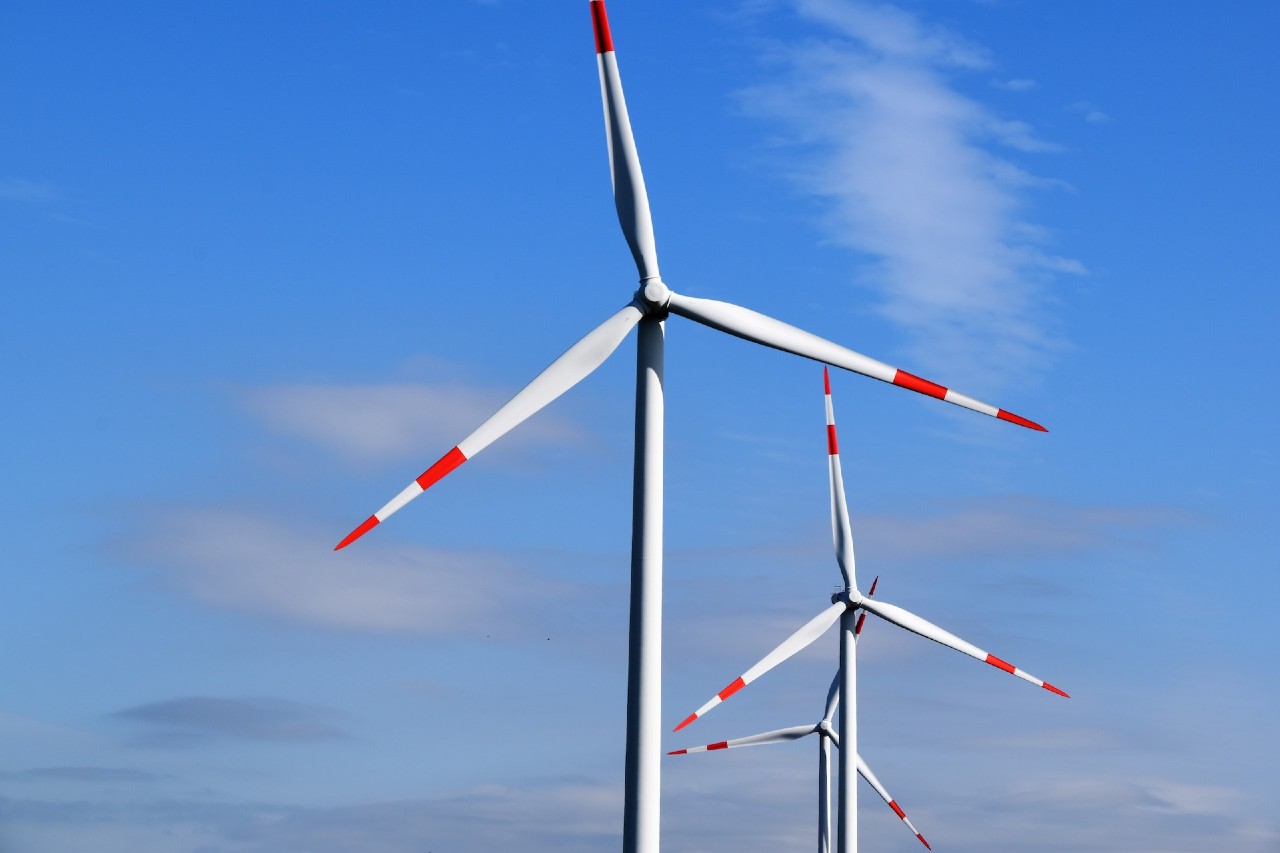5 Areas AI Will Transform


Wind energy is one of the fastest growing energy sources in the world, second only to solar. Many a nation’s climate and decarbonisation targets assume offshore wind will contribute tens to hundreds of gigawatts by 2030, driving growth and unprecedented activity.
However, many barriers stand between wind’s potential and its realisation. Supply chain and labour shortages, environmental concerns, and rising costs threaten the industry’s ability to deliver as planned.
This is where artificial intelligence (AI) can turn the tide. AI tools can help the industry solve many of its most pressing problems, from helping developers find a way through shortages to fixing offshore wind's ever-present intermittence problem. Below are the areas where AI can most significantly improve outcomes for offshore wind projects.
Construction Scheduling
Offshore wind farms are highly specialised installations. Only a few players can provide the work to construct one. Most are already booked out for years. For instance, the lead time to build a new cable installation vessel is 2 to 3 years; many existing ships are booked until 2026.
With resources stretched so thin, disruptions elsewhere in the supply chain and delays due to inclement weather can have disastrous knock-on effects. Missing windows can stall projects indefinitely during a time when staying on track is crucial for hitting climate targets. AI can simulate scenarios, allowing developers to mitigate risk and maximise resources.
This is exactly what ALICE Technologies does. Developers feed it data such as labour availability, materials, and equipment. The AI then formulates multiple scheduling options that offshore wind developers can use to plan around potential delays. “It will automatically adjust project schedules to help mitigate the impact of delays and give project managers the best chance of finishing their projects on time,” explains Frank Fosberg, product manager at ALICE Technologies.
Energy Supply & Demand
Wind is abundant and free–and unlike solar, constant. Out on the open sea, where no mountains or other geographical features stand in its way, winds can be twice as strong as on land.
Yet strong as offshore wind may be, variability still poses a major problem for producers. Sudden changes in wind patterns and atmospheric pressure can lead to fluctuations, making it a challenge to balance supply with demands of the grid.
Fortunately, advances in technology can help decipher the language of wind speed. Turbines generate more than just energy; each one is a rich source of data that’s ripe for creating prediction models that can forecast in real-time, powered by AI. Integrating AI into the grid can also help it balance variable energy sources. AI can monitor and store excess when supply is strong, and dispatch stores when demand is high and wind speed is low.
Maintenance & Repairs
Compared to their onshore counterparts, offshore wind turbines are more difficult and expensive to repair. Harsh weather conditions can degrade components faster, requiring more frequent maintenance.
But the environment makes it difficult to quickly respond to calls for repairs or maintenance. Only a limited number of specialised vessels can service offshore wind farms. Unpredictable weather conditions put the safety of technicians at higher risk.
By using AI, wind operators can adopt a more proactive approach to maintenance, minimising risk and down times. The sensors on a wind turbine capture a wide spectrum of information, from vibrations to temperature. AI can be used to spot anomalies that signal problems faster and earlier than any human can, reducing the need for ad hoc repairs and preventing fixable issues from escalating into equipment failure.
Wind Farm Design
There’s more than weather that drives a wind farm’s yield. Turbine placement is crucial, as the area behind turbines–known as the wake–can interfere with neighbouring turbines. The effect can significantly affect production, reducing a wind farm’s output by up to 30 percent.
Engineers typically tackle the problem by manually calculating and simulating the wakes of turbines. Yet this approach becomes less accurate the larger a wind farm becomes. And with future wind farms consisting of hundreds of turbines, it will soon become too time-consuming and computationally taxing.
AI, with its ability to crunch vast volumes of data, can help lift the computational burden and model complexity as wind farms grow in size. Researchers are already using machine learning to develop a new, more accurate method to predict output based on a blend of previous models.
Environmental Impact
The rapid growth of offshore wind means that conclusive evidence on its impact on flying and marine wildlife remains scant. Effects on behaviours such as feeding, navigation, and migration can take years to manifest. With planning permissions requiring comprehensive data on environmental impact, this can mean projects falling behind schedule.
AI will bring this data in, helping researchers form a clearer picture. Further, this data will help increase confidence that projects remain compliant with regulations. Tools such as SafeWind are already turning farms into safer areas for wildlife with an algorithm that automatically regulates turbines based on the activities of birds and bats.
Beyond tracking behaviours around existing farms, AI can also minimise the disruption caused by construction activities. One such tool is Awarion, a collision-detection tool that helps ships avoid whales. It’s in active testing in Vineyard Wind, a 62-turbine project situated amidst the habitat of the critically endangered North Atlantic right whale.
Offshore wind presents immense potential, but its full capacity lies bound under formidable constraints. Artificial intelligence can serve not only as a key force in addressing these challenges, but also paves the way forward for more efficient and sustainable offshore wind projects.